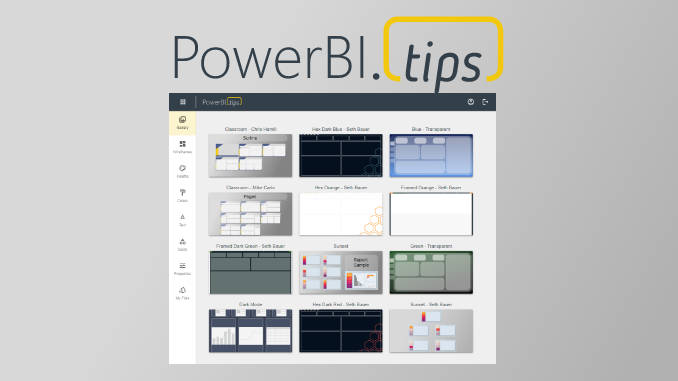Data automation is the process of using technology to automate the collection, analysis, and management of data. This can include tasks such as data entry, data validation, data analysis, and data reporting. The goal of data automation is to reduce the amount of manual labor required to manage and analyze data, and to increase the accuracy and efficiency of these tasks.
One of the key benefits of data automation is that it allows businesses to process large amounts of data quickly and accurately. This can be especially useful for organizations that collect and analyze large amounts of data on a regular basis, such as retail companies, financial institutions, and healthcare providers.
Data automation can also help to reduce the risk of errors in data analysis and reporting. By automating data entry and validation, organizations can reduce the risk of errors caused by manual data entry. Additionally, automated data analysis can help to identify patterns and trends that might be missed by manual analysis.
Another important benefit of data automation is that it can help to improve the efficiency of data-related tasks. By automating repetitive and time-consuming tasks, organizations can free up their staff to focus on more important and strategic tasks. This can help to improve overall productivity and allow organizations to make better use of their resources.
Implementing data automation can be a complex process, and it is important to work with experienced professionals to ensure that the automation is done correctly. This may include working with data scientists, data engineers, and IT professionals to design and implement automated data systems.
Overall, data automation is a powerful tool that can help organizations to improve the accuracy, efficiency, and effectiveness of their data management and analysis. By automating repetitive and time-consuming tasks, organizations can free up their staff to focus on more important and strategic tasks, and make better use of their resources.











